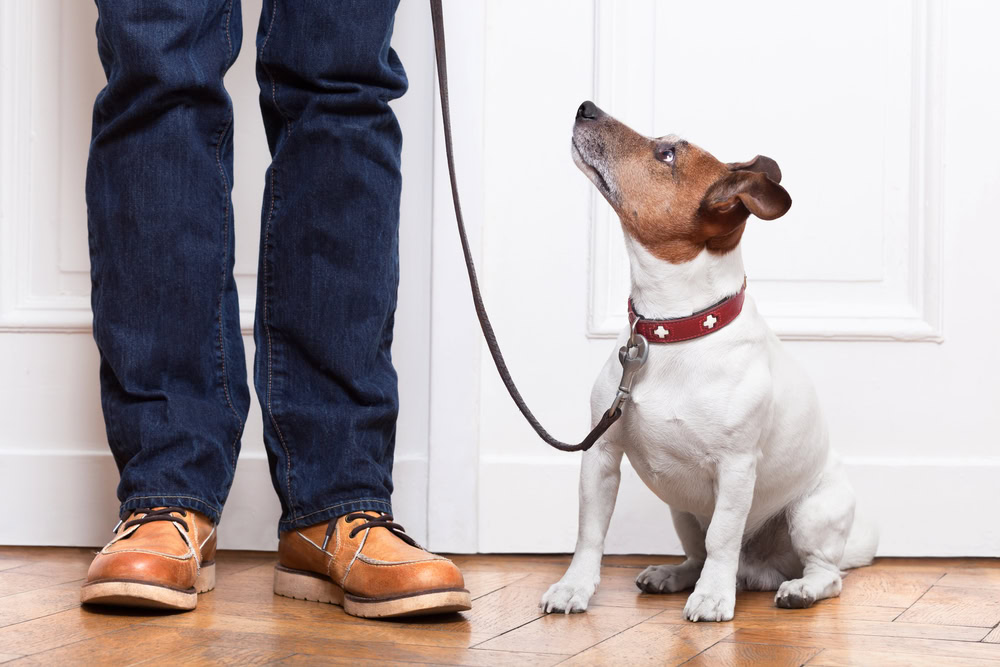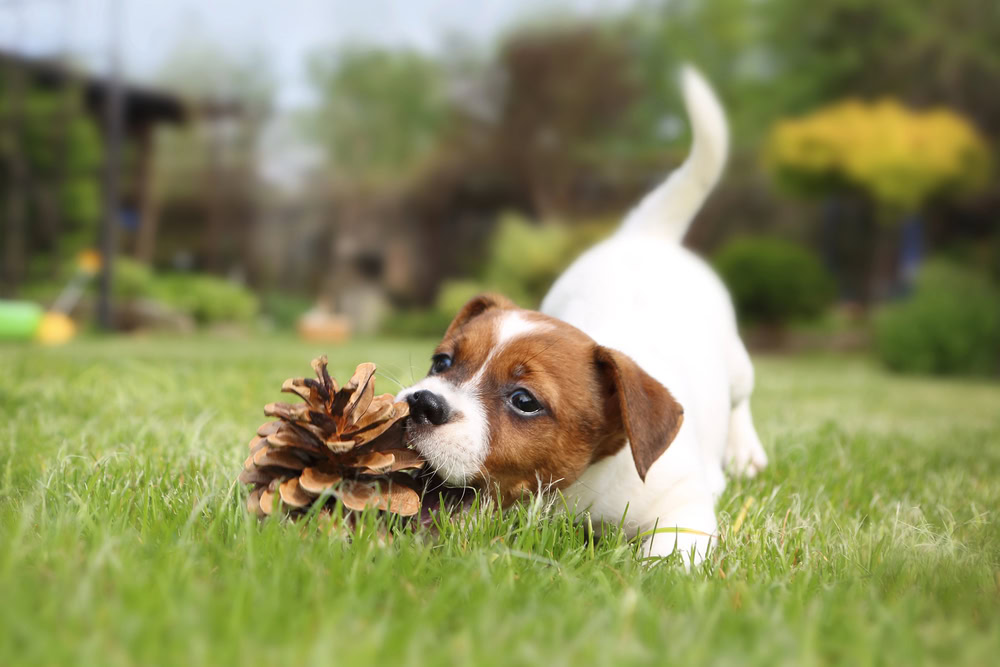
If you’ve recently welcomed a puppy into your home, you’ll quickly discover that training isn’t always a walk in the park. From those sharp puppy teeth finding their way to your fingers to the inevitable accidents on your favorite rug, the challenges can feel overwhelming. Yet, every behavior issue you’re facing has a solution, and you don’t need to figure it out alone. Whether you’re struggling with leash pulling, separation anxiety, or basic commands, understanding the right approach can transform your energetic ball of fur into a well-mannered companion.
Frustration over puppy nipping and biting doesn’t have to dominate your training experience. By implementing redirection techniques and consistent training methods, you’ll help your puppy develop better bite inhibition and self-control.
Start by keeping various chew toys within reach to redirect your puppy’s natural urge to bite. When nipping occurs, calmly introduce a toy as a shield and use a verbal cue like “go get your toy” to encourage appropriate chewing behavior. High-value treats like stuffed KONGs can effectively focus your puppy’s attention during overstimulated moments. Early intervention prevents serious biting problems from developing later.
You’ll need to maintain a structured environment to prevent biting frenzies. Create a designated puppy zone with appropriate chews, and use playpens when necessary to provide safe spaces for settling down. Track your puppy’s biting patterns to identify triggers and adjust your management strategy accordingly.
If substitution doesn’t work you can withdraw attention, but you can also correct by using a behavioral interruptible technique such as a shaking can or a squirt bottle of water.
Three key elements form the foundation of successful leash training: proper equipment, structured preparation, and consistent practice.
Start by selecting a four to six-foot leash and well-fitted harness that won’t restrict your puppy’s movement. Let your puppy wear the equipment indoors first, creating positive associations through treats and praise. Regular equipment checks are essential as puppies grow rapidly during training.
Begin training in a familiar indoor space around 8-12 weeks of age, using short one-minute sessions to maintain engagement. Hold the leash with slight slack and use high-value treats to lure your puppy into position beside you. When your puppy pulls, stop walking immediately, step back, turn 180 degrees and when the puppy comes back to your side reward with a treat.
As your puppy progresses, gradually introduce more challenging environments and distractions. Practice “walking concentration” by taking small steps, stopping frequently, and rewarding your puppy for staying close.
You can advance to teaching the “heel” command and incorporating turnarounds once basic leash manners are established or they turn 5 months old.
Remember to stay consistent with daily practice and don’t hesitate to seek professional help if you encounter persistent challenges like leash aggression or extreme pulling.
For successful crate training, you’ll need a well-planned introduction strategy that makes your puppy feel safe and comfortable.
Start by placing the crate in a common area where your puppy spends most time, and create positive associations by adding toys and treats inside. For puppies under four months old, limit crate time to 3-4 hours maximum. Feed meals inside or near the crate to build positive connections, and provide engaging toys to keep your puppy occupied.
When your puppy’s comfortable, start leaving the room for brief periods, slowly extending the time away.
If you encounter challenges like whining or barking, check if your puppy needs a potty break. If the puppy doesn’t have to go then you might just need to ignore them for a bit, but maintain consistent training methods.
Watch for signs of separation anxiety and address them through gradual desensitization. Remember to adjust the crate size as your puppy grows, ensuring it’s large enough for comfort but not so big that it encourages using one end as a bathroom.
If you’re facing persistent issues, don’t hesitate to seek professional help.

Many puppies develop resource guarding behaviors around food and toys, but you can prevent these issues through early intervention and consistent training. Start by establishing a regular feeding schedule and creating a safe, quiet space for your puppy to eat without feeling threatened. Research shows that poor early experiences during feeding can lead to long-term behavioral issues.
Implement gradual desensitization by standing at a comfortable distance while your puppy eats, slowly decreasing the space over time. Pair your approach with positive reinforcement by offering high-value treats during meals.
You’ll want to incorporate hand-feeding sessions to strengthen your bond and teach your puppy that human presence during meals is rewarding. Use obedience training to establish clear boundaries, teaching commands like “leave it” and “wait” before meals.
Don’t forget to include puzzle feeders and slow bowls to make mealtimes more engaging while reducing anxiety. If you notice any signs of food aggression, such as growling or snapping, don’t hesitate to seek help from a professional trainer.
Remember to extend these training principles to toys as well. Teach your puppy to “drop it” and “give” on command, and always reward sharing behaviors.
Consistency and patience are key to preventing resource guarding behaviors.
Separation anxiety poses a notable challenge for puppy owners, as it can manifest in destructive behaviors, excessive barking, and indoor accidents when left alone.
It’s essential to understand that these behaviors stem from fear rather than disobedience, with puppies as young as 8-9 weeks being susceptible to this condition.
To address separation anxiety effectively, you’ll need to implement a structured training approach.
Start by gradually increasing the time you’re away from your puppy, helping them build confidence in being alone.
Make sure to provide plenty of exercise and mental stimulation before leaving, as this can greatly reduce anxiety levels.
You’ll want to establish a consistent routine that includes enrichment activities and proper training sessions.
If you’re struggling to make progress, don’t hesitate to consult a professional dog trainer or veterinary behaviorist for personalized strategies.
Remember that early prevention is key - the sooner you address separation anxiety, the better chance you have of preventing it from becoming a persistent issue in adulthood.
Stay patient and maintain consistency in your approach, as managing separation anxiety requires a long-term commitment to training and environmental management.
Teaching proper house training stands among the most essential aspects of raising a well-behaved puppy. To succeed, you’ll need to establish a consistent routine and use positive reinforcement techniques. Start by creating a regular schedule for feeding, playing, and bathroom breaks, taking your puppy outside often based on their age very young puppies might need to go potty every 20 minutes. For older puppies it would be at least every two hours and immediately after meals or naps. Look for signs of urgency like barking, scratching, or restlessness to prevent indoor accidents.
Remember to reduce water intake before bedtime and maintain consistent feeding schedules to help establish regular elimination patterns.
If problems persist, consult with a professional trainer or veterinarian for targeted advice.
You’ll face various challenges while training your puppy, but stay patient and consistent. Remember to establish clear routines, and redirect unwanted behaviors. Don’t hesitate to seek professional help if needed. With time and dedication, you can help your puppy develop into a well-behaved companion who understands boundaries and responds to commands effectively.